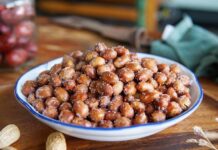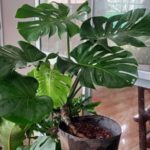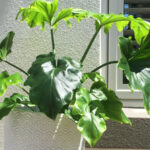The Split-leaf Philodendron, also known as the Swiss Cheese Plant, is a popular houseplant known for its decorative and air-purifying qualities. Besides its aesthetic appeal, the Split-leaf Philodendron is a favorite among plant enthusiasts due to its ease of care and propagation. Here are three simple and quick methods to grow your own Split-leaf Philodendron at home.
1 Propagating the Monstera from Seeds
Propagation Method
The first step when propagating from seeds is to source high-quality seeds. It is recommended to purchase seeds from reputable sellers to ensure their viability. Once you have your seeds, follow these steps:
- Place the seeds about ⅓ inch (8.5mm) deep into a nutritious soil mix.
- Lightly cover the seeds with more soil.
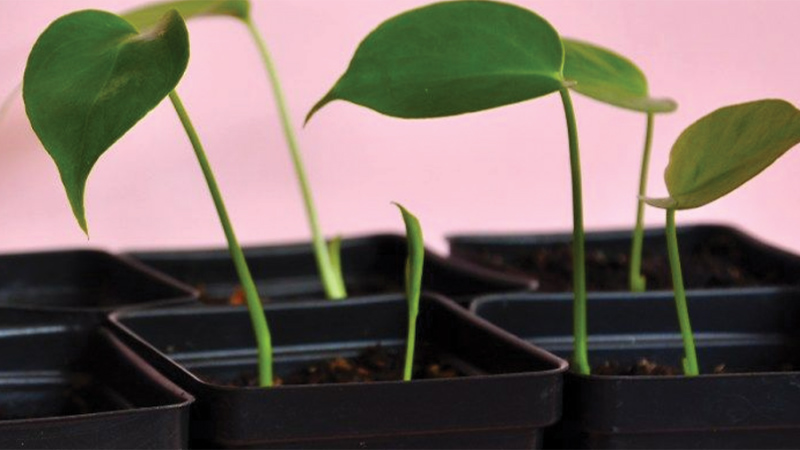 Repot individual Split-leaf Philodendron plants for better growth
Repot individual Split-leaf Philodendron plants for better growth
- Maintain moderate moisture levels in the soil by watering regularly.
- Keep the soil temperature between 20-23°C (68-73°F) for 2-8 weeks until germination occurs.
- Once the seedlings have grown and developed some strength, repot them into individual containers to encourage healthy growth.
Pros and Cons
Pros: Propagating the Monstera from seeds is a low-maintenance and simple method. It does not require advanced techniques, making it ideal for beginners.
 Propagating Split-leaf Philodendron from seeds requires attention to seed density and planting depth
Propagating Split-leaf Philodendron from seeds requires attention to seed density and planting depth
Cons: Seed density and planting depth are critical factors in this method. Incorrect techniques can affect the quality and quantity of seedlings. Additionally, seedlings are more susceptible to pest damage.
2 Propagating the Monstera by Separating Offshoots
Propagation Method
Separating offshoots, also known as cutting, involves removing a portion of the plant that has already developed roots and using it to grow a new plant. The offshoots should have at least 2-3 roots that are 3-4cm long. Here’s how to propagate the Monstera using this method:
- Cut below the roots of the offshoot by 1-1.5cm.
- Apply a mixture of honey and Ridomil to the cut area.
- Prepare a growing medium by mixing coconut fiber powder, live ash, and rice husk ash in a 6:3:1 ratio.
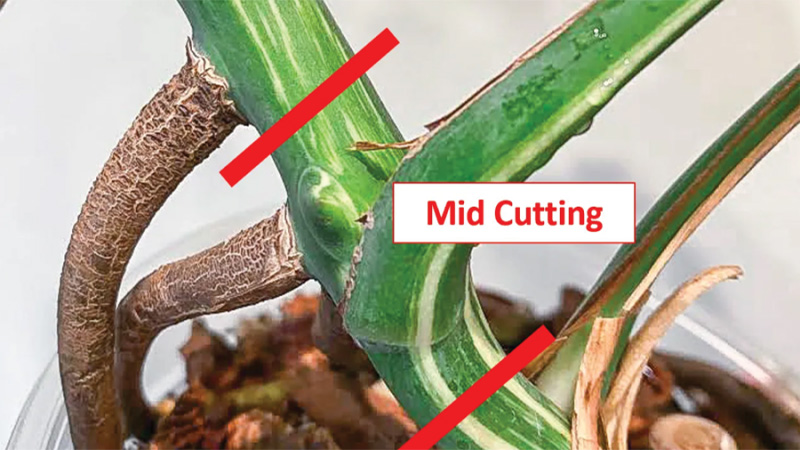 Cutting position for separating offshoots
Cutting position for separating offshoots
- Plant the offshoot into the growing medium, ensuring it stands upright.
- Cover the roots with soil up to the base of the plant, and gently compact the soil.
- Place the plant in a shaded area (50-60% shade) and use a hanging rack.
- For the first three months, regularly fertilize with Dynamic fertilizer. Alternatively, you can soak oil cakes in water and use the diluted solution to water the plant.
- From the fourth month onwards, apply 50-70g of NPK 20-20-15 fertilizer per plant. Use Chitosan at a concentration of 0.2% to prevent pests and promote growth.
Pros and Cons
Pros: The main advantage of this method is the high success rate. It also requires fewer cuttings, and you have better control over the planting density, spacing, and depth.
 Propagating Split-leaf Philodendron from offshoots requires advanced gardening techniques
Propagating Split-leaf Philodendron from offshoots requires advanced gardening techniques
Cons: This method demands advanced gardening skills and a significant investment of time and effort.
3 Propagating the Monstera by Air-layering
Propagation Method
If you don’t have access to seeds or rooted offshoots, you can use the air-layering technique to propagate the Monstera. Here’s how:
- Choose a mature branch of the Split-leaf Philodendron and cut it halfway through at a 45-degree angle. If the cut is deep, you can support the branch with a stake.
- Insert a small piece of plastic into the cut.
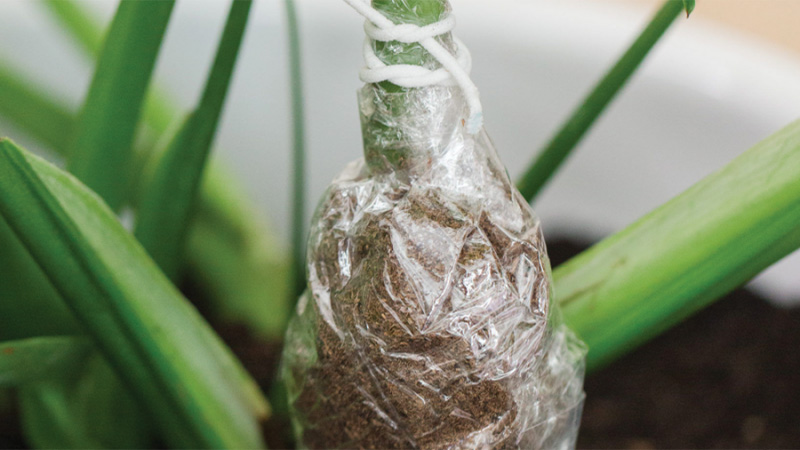 Use moist moss to cover the cut area
Use moist moss to cover the cut area
- Wrap the cut area with moist moss and secure it with plastic wrap and string to hold the moss in place.
- Wait for two weeks for roots to develop at the cut site.
- Once the roots are strong and long enough, cut the branch about 2.5cm from the air-layered section.
- Remove the plastic wrap and plant the rooted branch into a potting container, ensuring proper drainage and regular watering.
Pros and Cons
Pros: Plants propagated through air-layering tend to have better growth, rapid development, higher adaptability, and retain the characteristics of the parent plant.
 Split-leaf Philodendrons propagated by air-layering have better growth and development
Split-leaf Philodendrons propagated by air-layering have better growth and development
Cons: This method should only be used sparingly as the quality of the plants may deteriorate over multiple generations. Additionally, the lack of taproots makes the plants more susceptible to breakage.
The above methods offer unique advantages and disadvantages. We hope that you can find the most suitable approach to growing your own Split-leaf Philodendron. Good luck with your gardening journey!
The Split-Leaf Philodendron: Unveiling Its Powers and Significance in Feng Shui
The Split-leaf Philodendron is a popular houseplant, widely favored for its aesthetic appeal. This plant is not just a pretty face – it boasts a myriad of benefits and holds a significant place in Feng Shui practices. Delve into the world of this intriguing plant and uncover its hidden powers and profound significance in our daily lives.
The Monstera Plant: Unveiling the Beauty, Symbolism, and Care of this Houseplant Superstar
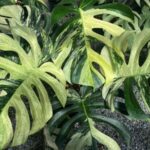 Monstera Plant: Unveiling the Beauty, Symbolism, and Care of this Houseplant Superstar’>
Monstera Plant: Unveiling the Beauty, Symbolism, and Care of this Houseplant Superstar’>The Monstera, or Swiss Cheese Plant as it’s commonly known, is a popular houseplant with an intriguing appearance. With its unique, perforated leaves, the Monstera has become a sought-after addition to homes and gardens alike. But where did this unusual plant come from, and what is its story? In this introduction, we will delve into the origins and significance of the Monstera, exploring its classification and providing a stunning visual journey through five captivating images that showcase the plant’s beauty and allure.















